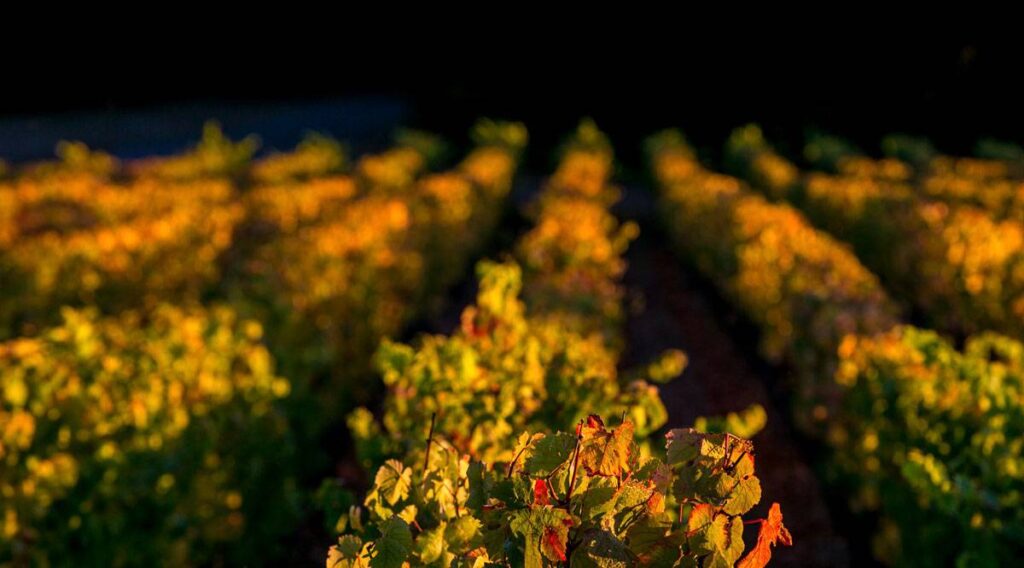History of Cabernet Franc and its perfect pairings

Cabernet Franc
One of the distinguished grapes of the French vineyard saw its prestige favored thanks to a fortuitous situation.
It was Armand-Jean du Plessis, Cardinal-Duke of Richelieu, who gave letters of nobility to a red wine that surprised him with its qualities, aromas and taste.
A well-known gourmet of the time, the Cardinal – King Louis XIII’s prime minister – appreciated a glass of Cabernet Franc offered to him while traveling.
In 1631, he ordered the transfer of some fallow grapevines to be replanted at the Abbey of Saint-Nicolas-de-Bourgueil, located in his own duchy (Loire Valley).
The vineyard caretaker at the abbey was a respected viticulturist (Friar Breton), known for his extraordinary performance in vineyard agronomy.
The clusters obtained were of unparalleled quality.
That is why, since then, in that French region, the variety has been known under its own name: Breton.
The grape grows better in colder climates than other varieties.
It is a higher-ranking alternative for cultivation in harsh climatic conditions.  The Rutini winery now has two exponents of this grape variety:
The Rutini winery now has two exponents of this grape variety:
- Rutini Cabernet Franc: Lively garnet with ruby hues, it offers raspberry and cherry accents with a touch of licorice.
Balanced and round, it offers a delicate freshness.
Pairing – Grilled beef, quail with grapes, rack of lamb, pork ribs with rosemary, duck breast, stew, rabbit, black pudding, country pâté, hare, wild boar.
- Rutini Single Vineyard Gualtallary Cabernet Franc is another high expression of this singular grape variety, with its intense and brilliant purple hues.
It is lively and aromatic, delivering soft, sweet tannins that finish with a lingering aftertaste.
Pairing – Game and poultry (pheasant, partridge, quail), roasted red meats, tenderloin Wellington, stews(goulash with späetzle), Boeuf bourguignon, rabbit in herb sauce, braised steak with carrots, chicken escalopes, osso buco, baked roast beef.

